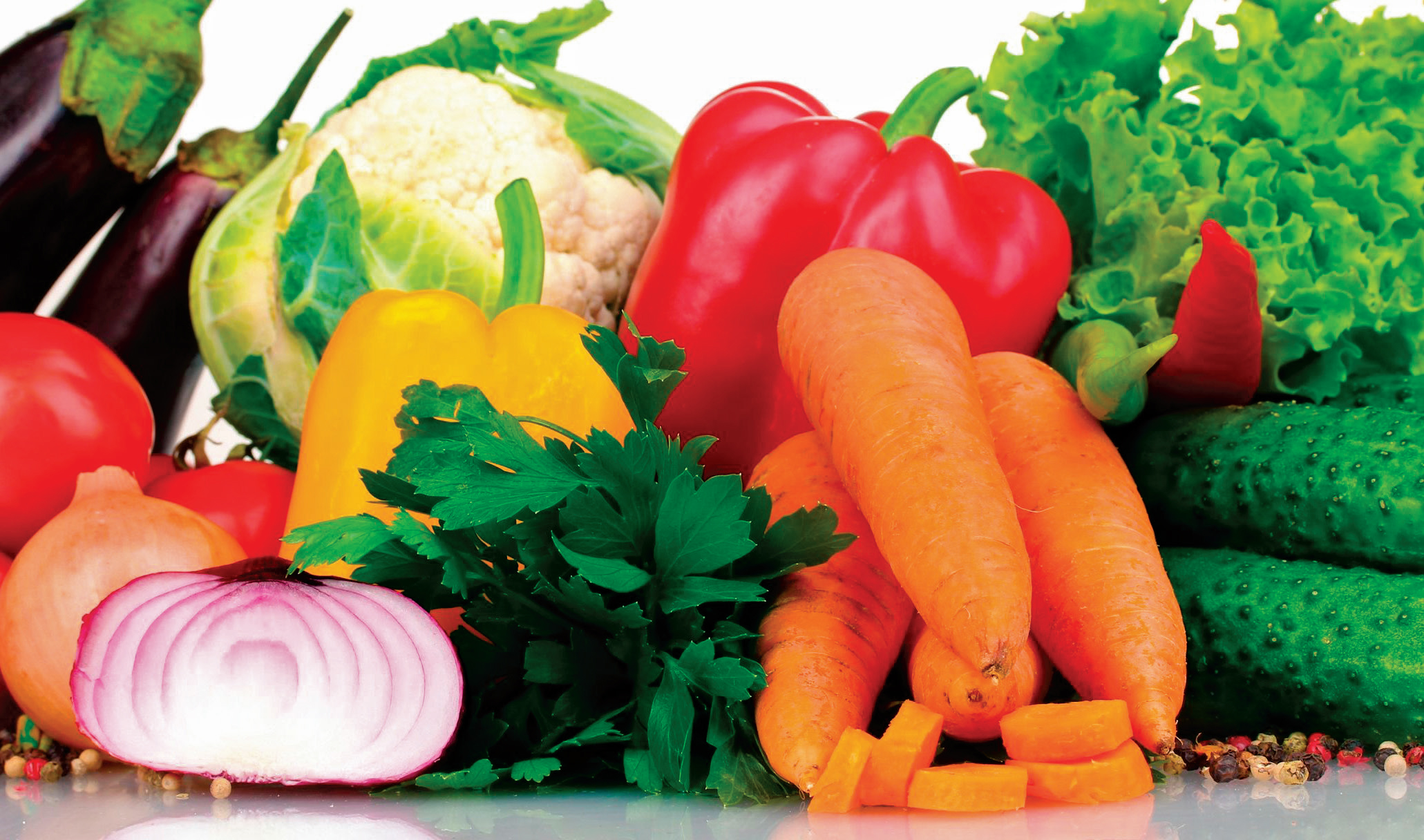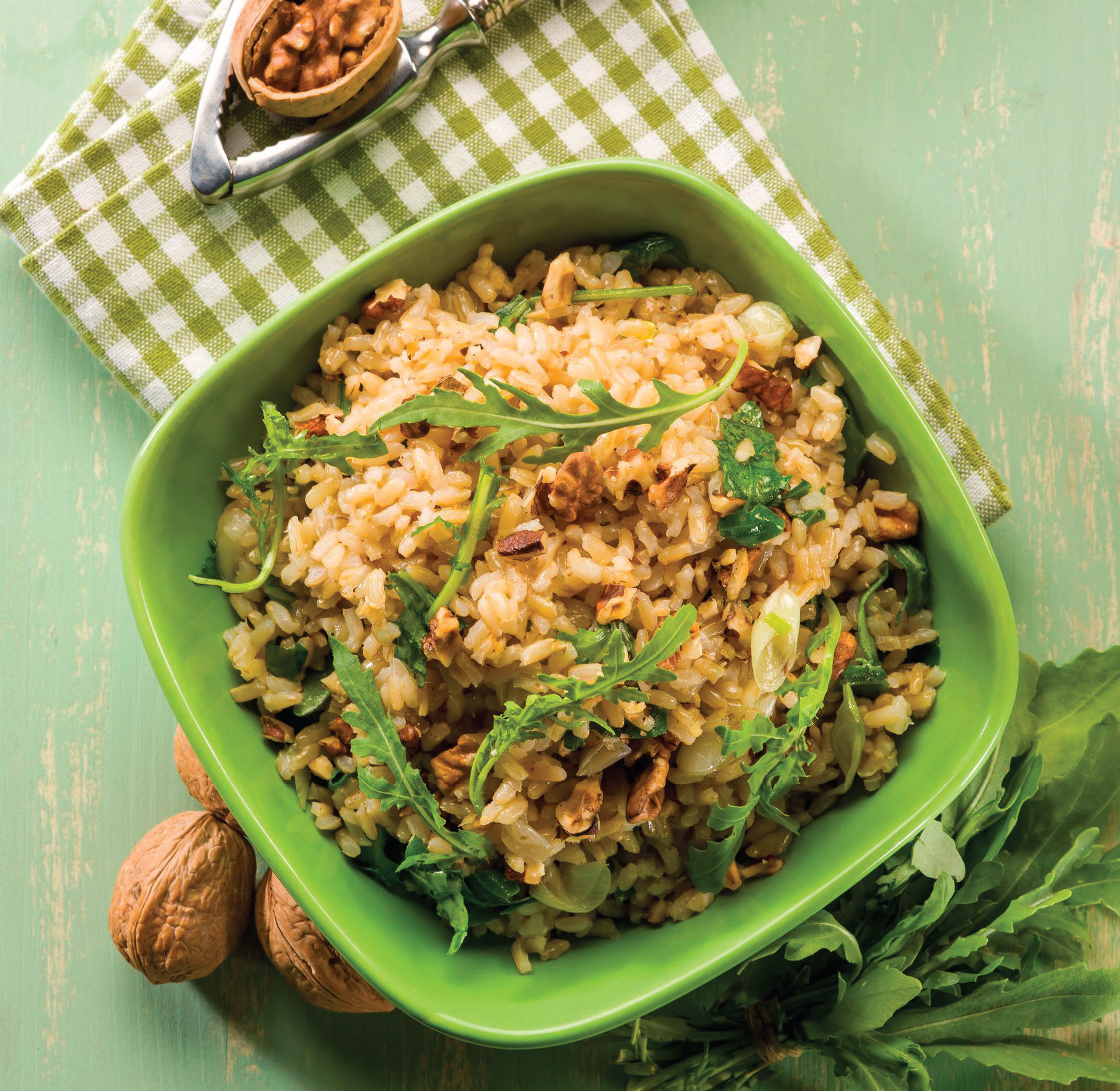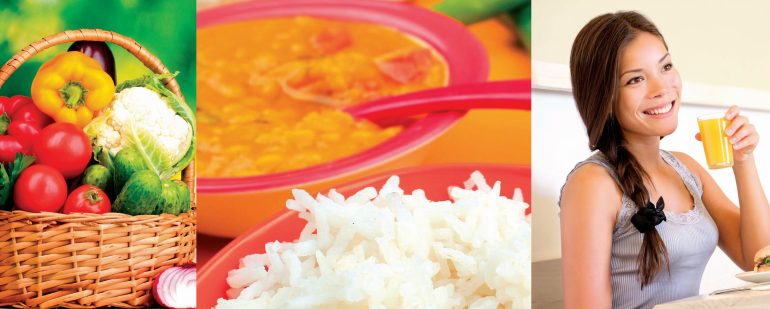In Ayurveda, there’s no “one size fits all” answer to managing our weight. The solutions are as unique and individual as we are. For customized recommendations, you can start by knowing your dosha.

Kapha
The most common type of weight gain is caused by having a slow metabolism. This is common for a person who is a classic Kapha type. Kapha dosha is comprised of the earth and water elements, so this type of individual will reflect those qualities. A Kapha person will be structurally bigger, with bigger bones and a more easy-going, stable, gentle personality.
For a Kapha person, being skinny is usually not a healthy goal. If you are prone to gain weight, and are always five to ten pounds overweight no matter how little you eat, it would go against your nature to ever be really thin. Rather, it would be better to balance your metabolism, increase your ability to digest sugars and carbohydrates by adopting a Kapha-balancing diet and lifestyle, and allow your body to naturally find its ideal weight. You may not be skinny, you may always weigh five to ten pounds more than average, but you will feel better and look healthier, and you will lose most of your excess weight.

Diet
The main principle for balancing Kapha is to introduce some of the fire element into your food and lifestyle. This will balance the earthen and watery elements of Kapha dosha. Flavor your vegetables and dal soups with spices that are mildly pungent, such as black pepper, fresh ginger and turmeric.
Other tastes to balance Kapha dosha are the bitter and astringent tastes. These include green leafy vegetables, split mung dal soup and other bean soups, and astringent vegetables such as broccoli, cauliflower and brussels sprouts. It’s important to cook your vegetables and eat them warm, rather than relying on raw vegetables. Raw vegetables are difficult to digest, whereas to balance Kapha dosha you want to eat warm, light, cooked foods.
Quinoa is an excellent grain for managing weight, as it has high protein and zinc content (4 mg of zinc per cup). But it should be cooked with a bit of ghee or olive oil, as otherwise it may be too drying.
Basmati rice is also a good grain for Kapha dosha, because it has a more drying quality than other types of rice. But quinoa is better because it has the intelligence of fire to support weight loss.
The fire element can even be added to the water you drink. If you boil your water for five minutes on the stove, you are adding the intelligence of fire to your drinking water. If you sip the water throughout the day, the intelligence of fire will permeate the molecules of water, and thus permeate your body. You won’t notice anything right away, but if you continue with this routine, in time you will feel less fatigue. This is because Kapha dosha tends to create a feeling of lethargy, and by introducing the fire element in the water, you’ll gradually feel more energetic.
If you are Kapha by nature, you’ll want to stay away from heavy, cold desserts such as ice cream and cheesecake, as these will only slow your metabolism and increase the cold, heavy qualities of Kapha in your body. Rich desserts, fried foods, foods made with refined sugar and refined flour, cold foods and drinks – all of these should be avoided if you want to balance Kapha and your weight.

Lifestyle
Regular exercise is the most important change you can make to improve your metabolism. The problem is that people with excessive Kapha dosha often feel somewhat complacent or even lethargic, and they might have to push themselves a little to exercise every day. Usually Kapha types need more vigorous exercise for a longer period to have the same effect as milder exercise would have on a Vata person.
Even making a habit of breathing more deeply can help charge the metabolism with more of the fire element. When Kapha dosha is out of balance, one of the first things that happen is that the person becomes a shallow breather. Deeper breathing is healthy for all body types, but especially for Kapha dosha, because deeper breathing helps wake up the body’s metabolism. When the metabolism is lower and breathing is shallow, the body’s channels get blocked and cause even more lethargy, which becomes a vicious cycle.
The digestive fire is weaker in the morning when you wake up and in the evening before bed, so breakfast and dinner should be lighter meals. An excellent breakfast for balancing metabolism for all three body types is a cooked apple or pear with cooked prunes and figs. This breakfast choice is light and sustains most people until noon, when they can eat their heaviest meal. A healthy supper for a Kapha person might be soup made with vegetables, grains and dal and flavored with spices such as cumin, fresh ginger, black pepper and turmeric. Or khichri, a light meal made with rice and split mung dal, is also a light Kapha-reducing meal. Kapha Churna is an excellent spice mixture for balancing Kapha dosha.
Vata
If you are a Vata type, you are normally thin and wiry. But that does not mean weight gain will never be a problem for you. Sometimes Vata types are thin all their lives and then suddenly put on weight because their metabolism has changed. Vata-predominant people are susceptible to mental stress because they tend to overuse or misuse their minds.
When under stress they also tend to forget to eat regularly, thus disturbing their digestion, creating ama and clogging the channels. This is often the precursor to weight gain.
Diet
When Vata dosha is the underlying cause of a weight problem, it’s important to eat a balanced diet that is not only easy to digest but also nurturing. Take the middle path, and eat a tridoshic diet, which means one that balances all three doshas. Avoid foods that are too hot and spicy (such as food spiced with chilies, cayenne and black mustard seed), and at the same time, avoid foods that are ice cold, such as ice cream, iced drinks, and cold, heavy desserts. Stay away from foods that are too heavy (such as aged cheeses, meats) and also avoid foods that are too light and dry, such as crackers, cold cereals and packaged snacks. In general, avoid leftovers; frozen, canned or packaged foods, and processed foods of all kinds.
Lifestyle
People with a predominance of Vata dosha need a regular routine, to balance the uneven, variable nature of Vata dosha. It’s important that they go to bed early, well before ten o’clock and rise early, before 6 a.m. A regular routine with adequate sleep is one of the best antidotes to Vata imbalance. Regular meals are essential, with three warm, cooked meals a day. It’s important to eat them at the same time every day, as Vata digestion tends to be irregular. By eating at the same time, your digestive enzymes will prepare to digest the food and digestion will be stronger. Avoid work that is stressful to the mind, and practice relaxing exercise such as yoga and Pranayama. A daily oil massage, abhyanga, is especially important for Vata. The skin is one of the primary seats of Vata dosha in the body, so massaging your body every morning with warm, Vata-pacifying oil can go a long way toward soothing your entire nervous system and emotions. The more relaxed you are and the more regular the routine, the better you will withstand day-to-day stress. You will also be less likely to fall prey to weight imbalances.
Many times people with Vata disorders find themselves in a rush. It’s not healthy for anyone to always be rushing around, to constantly have to hurry, and it’s especially harmful to people with Vata imbalances. If you find yourself in that situation, it’s important to cultivate a habit of taking it easy and slowing down. Learn to structure a more relaxed daily routine. This is important for mental, emotional and physical health.

Pitta
You would think that since Pitta dosha is associated with the fire element, a person with high Pitta would not have any problem burning up carbohydrates and sugars. Yet if the person doesn’t take care of the digestion, that can create problems. For instance, if someone who is predominantly Pitta by nature skips breakfast or other meals – it can create ama, digestive impurities, because the digestive fire becomes too strong. In this situation, stomach acids can “burn” the food and even damage the stomach.
To understand how this happens, think of setting an empty pot on the stove. The heat is on, but there’s nothing to cook. Instead, the pot itself gets burned. In the same way, if you have a strong digestive fire but you don’t feed it regularly, then the digestive enzymes go out of balance, burn the food, and create ama the next time you eat.
Many people with high Pitta dosha are overweight, precisely because they are not eating regularly and as a result ama has coated their digestive system. When ama blocks the channels of digestion and the channels that circulate nutrients throughout the body, then metabolism slows down and weight gain results.
Diet
First of all, the person with high Pitta should get into the habit of eating three meals a day, starting with breakfast. This is very important; otherwise the stomach will continue to be burned by digestive acids. Eating a cooked apple or pear with cooked prunes or figs for breakfast is a good idea, because it will soothe the digestive fire but not overload it. Raw pears or other sweet, juicy fruits are also good for people with high Pitta.
A vegetable that is good for weight management is daikon radish. This white radish can be grated and added to dal soups for a mildly spicy flavor. Include sweet vegetables for lunch and dinner, such as squashes that are white inside (zucchini, loki or yellow squash). Steam them well and then sauté them in ghee with mild, cooling spices such as powdered fennel, small amounts of cumin and small amounts of turmeric. Flavor foods with Pitta Churna, a delicious spice blend specifically created for balancing Pitta.
Avoid eating pungent spices such as chilies, cayenne and black mustard seed. These will only increase the acidity. A person in this situation may be drawn to heavy, cold, sweet foods to cool the acidity. But heavy, cold foods will only make the problem worse by creating more ama and blocking the channels of digestion and metabolism. It’s better to cool the digestive fire by cooking with cooling spices, eating light desserts with your meal such as fruit crisps, and by drinking light dairy drinks such as sweet lassi (buttermilk).
Lifestyle
People who are predominantly Pitta should go to sleep before the Pitta time of the evening (10:00 p.m. to 2:00 a.m.). Even if you feel like you have a lot of energy then, or feel more creative, it’s not a good idea to stay awake during the Pitta time of night, because this only aggravates Pitta dosha further. And if you stay awake during the Pitta time of night, you will invariably get hungry and thirsty and may eat packaged cookies or salty snacks, or drink soft drinks or alcohol. All of these things will only disturb Pitta dosha further and contribute to weight gain.
 Lissa Coffey is a lifestyle and relationship expert who serves up an inspiring blend of ancient wisdom and modern style. She appears frequently on television and radio, and contributes to national publications with her insightful and compassionate approach to modern-day issues. Coffey is also a bestselling author and has written books like “Song Divine: A New Lyrical Rendition of the Bhagavad Gita.” WhatsYourDosha.com.
Lissa Coffey is a lifestyle and relationship expert who serves up an inspiring blend of ancient wisdom and modern style. She appears frequently on television and radio, and contributes to national publications with her insightful and compassionate approach to modern-day issues. Coffey is also a bestselling author and has written books like “Song Divine: A New Lyrical Rendition of the Bhagavad Gita.” WhatsYourDosha.com.







